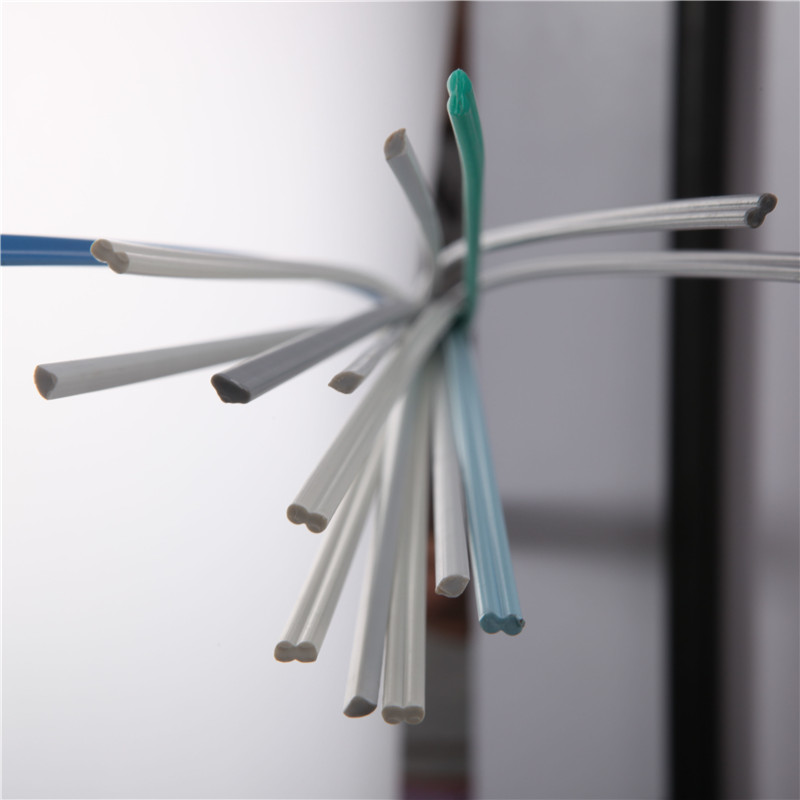Nov . 10, 2024 18:36 Back to list
Understanding the Benefits and Applications of HDPE Water Pipes in Modern Plumbing Systems
The Benefits of HDPE Water Pipes A Modern Solution for Water Distribution
In recent years, the demand for efficient and long-lasting water supply systems has surged, paralleling the growth of urban areas and the increasing need for clean water. One of the most effective solutions for water distribution is High-Density Polyethylene (HDPE) pipes. Recognized for their durability, flexibility, and resistance to corrosion, HDPE water pipes are revolutionizing the way we transport water, ensuring a reliable and safe supply for communities around the world.
Durability and Longevity
One of the most notable characteristics of HDPE pipes is their exceptional durability. Constructed from high-density polyethylene, these pipes are designed to withstand harsh environmental conditions. Unlike traditional materials like metal or concrete, HDPE does not rust, corrode, or degrade over time. This resistance to external elements enables HDPE pipes to maintain their integrity, extending their lifespan to over 50 years or more. The long-lasting nature of HDPE pipes reduces the need for frequent replacements, thereby lowering maintenance costs and minimizing disruption in water supply services.
Resistance to Leaks and Failures
Water loss due to leaks in piping systems can lead to significant financial losses and resource wastage. HDPE pipes are designed with a smooth interior surface, which minimizes friction and reduces the chances of blockages. Additionally, the fusion welding process used to connect HDPE pipes ensures that joints are as strong as the pipe itself, significantly reducing the likelihood of leaks. In fact, studies have shown that HDPE water pipes have a lower failure rate compared to traditional piping materials, making them a reliable choice for municipalities and industries alike.
Flexibility and Ease of Installation
hdpe water pipe

Another advantage of HDPE pipes is their flexibility. Unlike rigid piping systems, HDPE can bend and adapt to various terrains, making it ideal for installation in challenging environments. This flexibility simplifies the installation process, allowing for fewer fittings and connections, which in turn reduces potential points of failure. Moreover, the lightweight nature of HDPE pipes makes transportation and handling more convenient, allowing for faster installation and reduced labor costs.
Environmental Benefits
Increasingly, the focus on sustainable practices and environmental protection is shaping the choice of materials in construction and infrastructure development. HDPE pipes are not only recyclable but also require less energy to produce compared to traditional materials. Furthermore, the long lifespan of HDPE reduces the environmental impact associated with the production, installation, and disposal of pipes. Using HDPE for water distribution aligns with contemporary efforts to promote sustainability and protect natural resources.
Adaptability to Various Applications
HDPE water pipes are versatile and can be used in a wide range of applications, from residential water distribution systems to large-scale municipal water supply networks. Their ability to handle both high pressure and varying temperatures makes them suitable for various settings, including urban, agricultural, and industrial use. Whether it is for potable water, irrigation systems, or wastewater management, HDPE pipes can meet the requirements of diverse projects.
Conclusion
In conclusion, HDPE water pipes represent a modern solution to the challenges faced in water distribution systems today. With their durability, resistance to leaks, flexibility, and environmental advantages, they offer a reliable and efficient way to transport water. As communities continue to grow and the demand for clean water escalates, HDPE pipes will undoubtedly play a crucial role in ensuring that we meet these challenges head-on. Investing in HDPE technology is not only a prudent economic decision but also a commitment to sustainable and resilient infrastructure for the future.
-
HDPE Natural Sheet: Durable, Food-Grade & Versatile Plastic Solutions
NewsAug.27,2025
-
Durable Glossy PVC Rigid Sheet | Premium High-Shine Panels
NewsAug.26,2025
-
Durable PP Rigid Sheet: Lightweight, Chemical Resistant Solutions
NewsAug.21,2025
-
PVC Grey Sheet for Extraction: Chemical Resistant & Durable
NewsAug.19,2025
-
Durable PVC Pipe Fittings for Plumbing & Irrigation Needs
NewsAug.18,2025
-
HDPE Steel Belt Reinforced Spiral Corrugated Pipe | High Strength
NewsAug.17,2025

